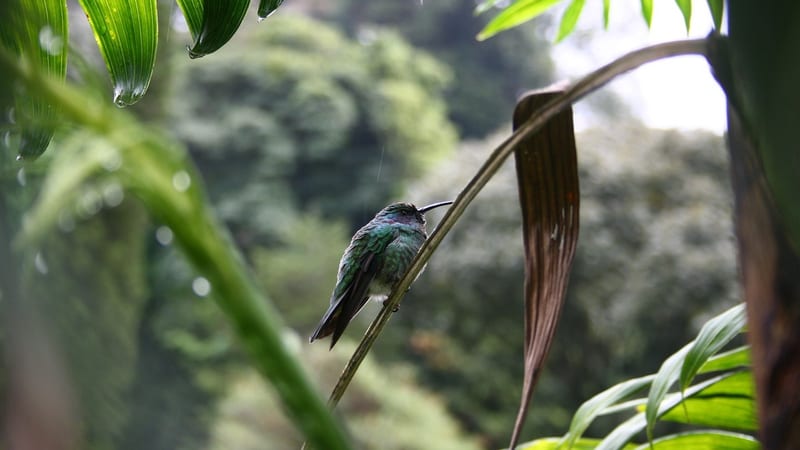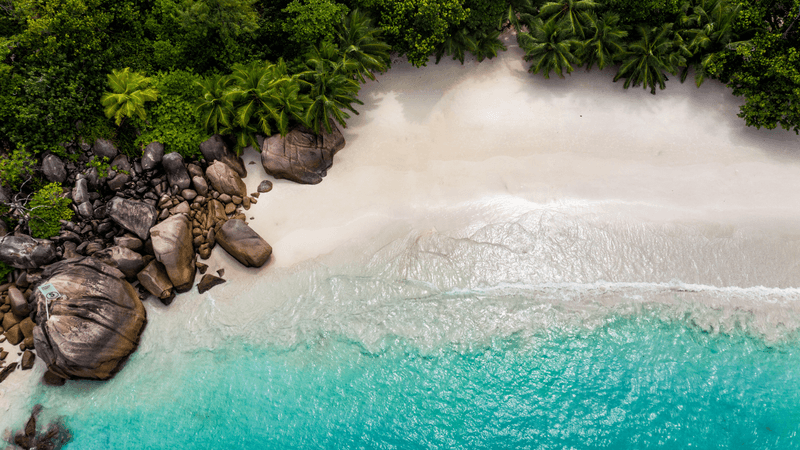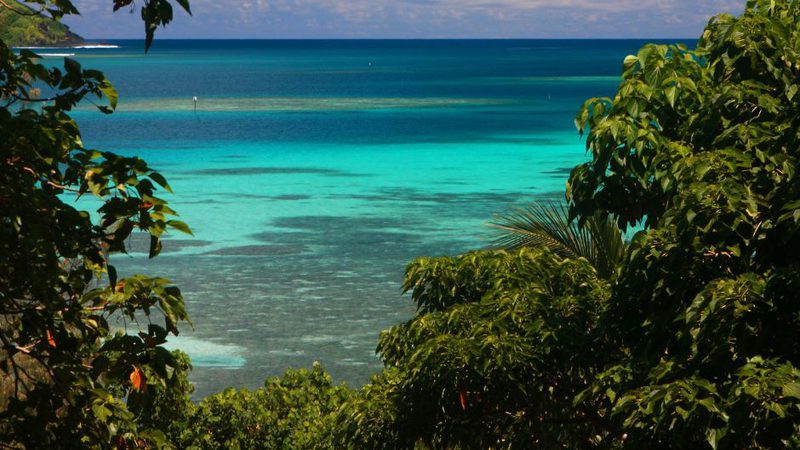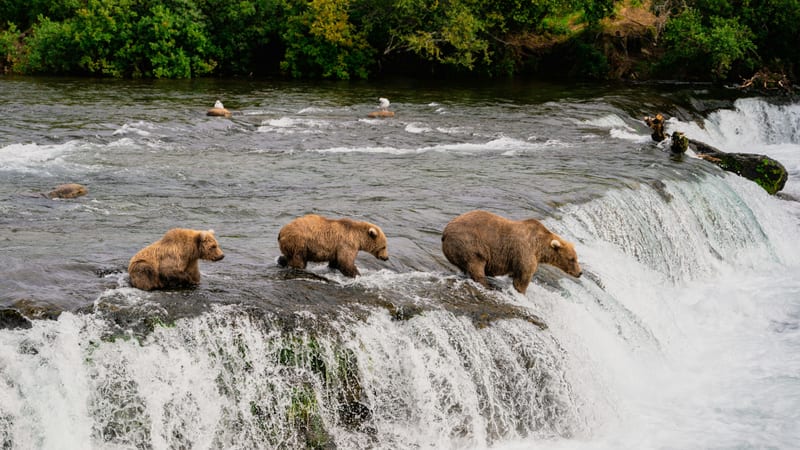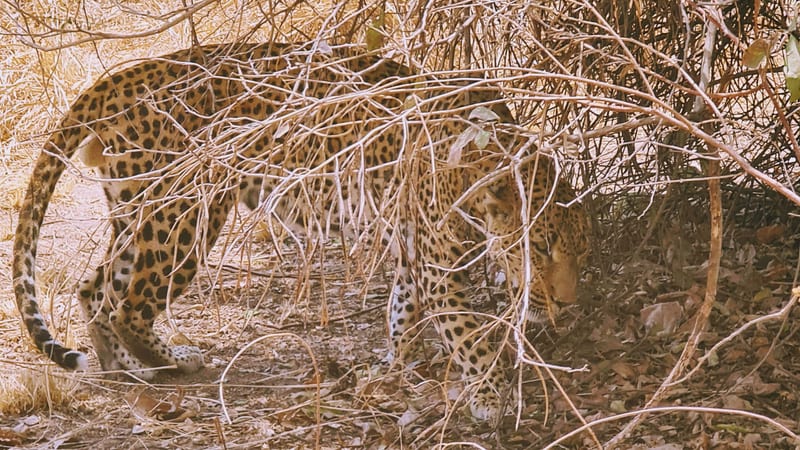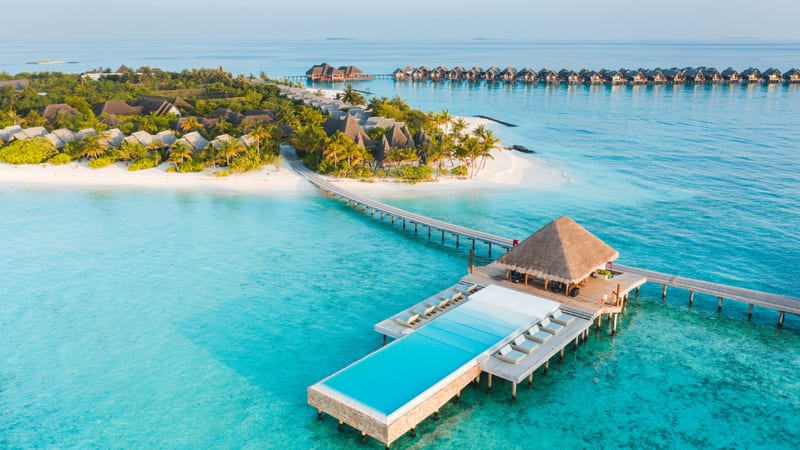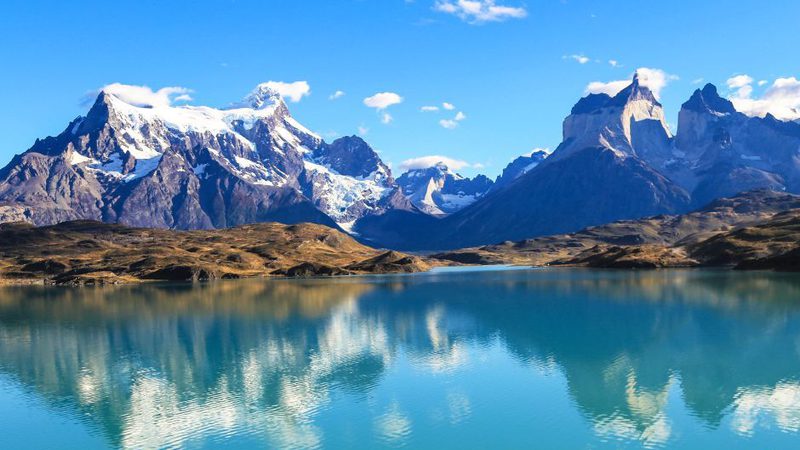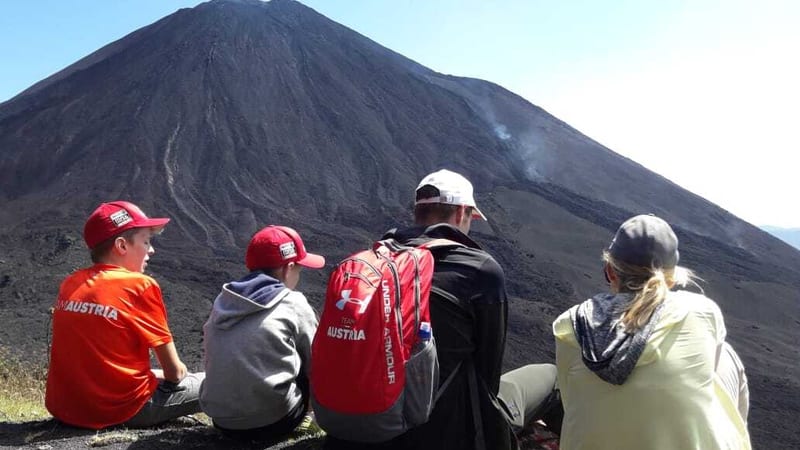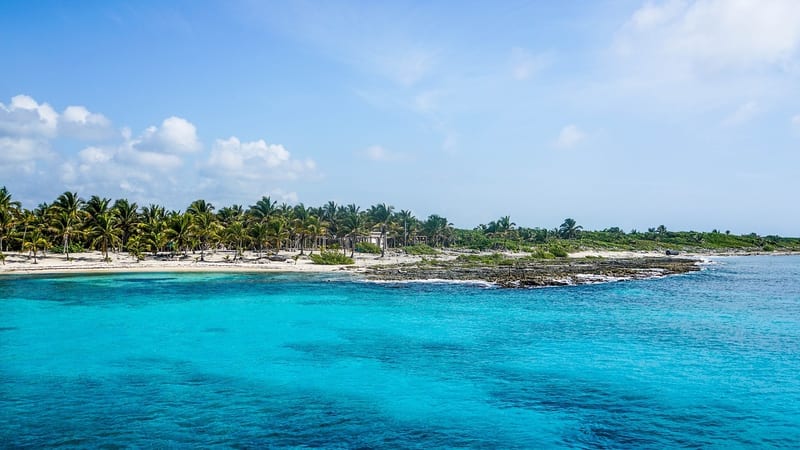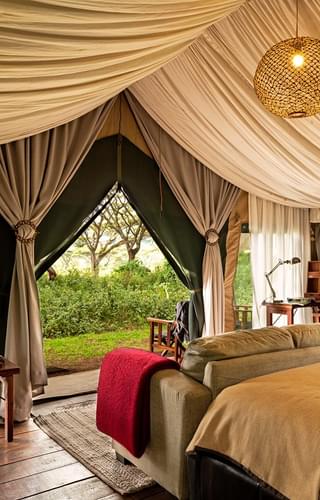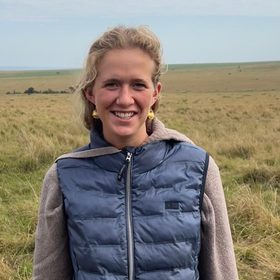Set in a delightful ancient acacia forest on the rim of the crater
Location: Lemala Ngorongoro Camp is located in an ancient acacia forest on the eastern rim of the Ngorongoro Crater within Tanzania's Ngorongoro Conservation Area, a UNESCO World Heritage Site. Positioned beside the quieter Lemala access road, the camp provides guests with a 15-minute descent to the crater floor - meaning you'll often arrive about an hour ahead of other visitors, giving early-morning wildlife viewing a more exclusive, photo-friendly experience.
Rooms: The camp offers nine luxury tents, plus a separate two-bedroom family tent, accommodating up to 20 guests in total. Each tent features two queen-size or king beds, wooden flooring, thick duvets, hot water bottles, and gas heaters to keep guests warm on chilly nights at 7,500ft elevation. En-suite bathrooms include a safari-style shower and flush loo; tents are also equipped with 24-hour solar lighting, and complimentary laundry and device charging are available in communal areas.
Amenities: Public spaces include a beautifully furnished mess tent, complete with grand sofas, lamps, rugs, old-wood bookcases, and a cosy lounge and bar area built around lantern-lit comfort and conversation. Evenings are social around the campfire, with sundowners followed by gourmet meals served under chandeliers or starry skies. The full board rate includes house drinks, complimentary internet access in lounge and bar, and a laundry service.
Activities: Guests typically embark on early-morning and late-afternoon game drives into the crater, where resident populations of rhino, lion, hyena, buffalo, and diverse plains game can be spotted. Guided forest walks or rim walks with Maasai guides and armed rangers bring insight into local flora, fauna, and legends. In-camp cultural experiences, including Maasai singing and dancing, add meaningful engagement with indigenous traditions.
Sustainability: Lemala Ngorongoro operates with an eco-conscious approach: off-grid solar power, carefully managed waste and water use, and a ban on plastic straws and bottles, all kept within a compact footprint located in the forest. Local sourcing of food and goods supports regional producers, and the camp works closely with Maasai communities - offering employment, hosting cultural events, and integrating social and conservation initiatives into their operations.
Best places to stay in Ngorongoro
Ngorongoro Trip Inspiration
When to visit Tanzania
Find out the best time to visit Tanzania with our month by month guide.
- Best
- Good
- Mixed
- Jan
- Feb
- Mar
- Apr
- May
- Jun
- Jul
- Aug
- Sep
- Oct
- Nov
- Dec
January
January is mixed when it comes to weather, temperatures rise whilst the chance of rain and humidity increases. It is still a good time to go, as the rates are lower yet the game viewing is still excellent.
- During this time migratory herds are in the Serengeti for calving season, meaning the Ndutu plains are busy.
February
The weather remains hot with a chance of rain in February.
- Meanwhile in the Ndutu Plains the migration is still occurring.
March
March is the calm before the storm, before heavy rains and humidity builds. Visitors can take great advantage of lower rates during the low season.
- Migrating herds start to leave Ndutu, heading West towards Grumeti.
April
April experiences continued periods of heavy rain, we would advise against travel due to the conditions.
May
During may there is periods of heavy rain, we would advise against travel due to the conditions.
June
June heralds the wet season, bringing lush green vegetation which can make spotting game more difficult. It is a particularly great time for birders as parks become populated by migratory birds especially in the South.
- Migration is still in the Grumeti area, heading north.
July
July is the start of peak season, temperatures reach up to 30 degrees and the surrounding land becomes drier and spotting game is becoming easier.
- The migration is in the Northern Serengeti moving towards Kenya.
August
August is peak season, with bush land drying out game spotting becomes much easier. If you want to experience Tanzania game at its best, August is the time to travel.
- The migration still remains in the north.
September
Peak season continues in September, the Northern circuit can be very busy, if you want to avoid crowds it's best to visit the southern parks.
- The end of the migration is still in the north with herds on both side of the Kenyan and Tanzanian borders.
October
Peak season continues into October with good game viewing in the Serengeti and southern parks.
- The migration has now crossed over into Kenya.
November
November is the start of the rainy season, the rains tend to be overnight so it is still a popular time to travel. During this month you can take advantage of low season rates.
- Migration crossing over into the Serengeti can be seen a the Tanzania and Kenya border.
December
Rains continue in December, whilst the temperature and humidity start to build. Venturing out on safari is generally good, with large game still easily spotted.
- Migrating herds in the north travel south back to Ndutu.
Speak to a Tanzania expert today
and start planning your tailor-made holiday

Alistair





